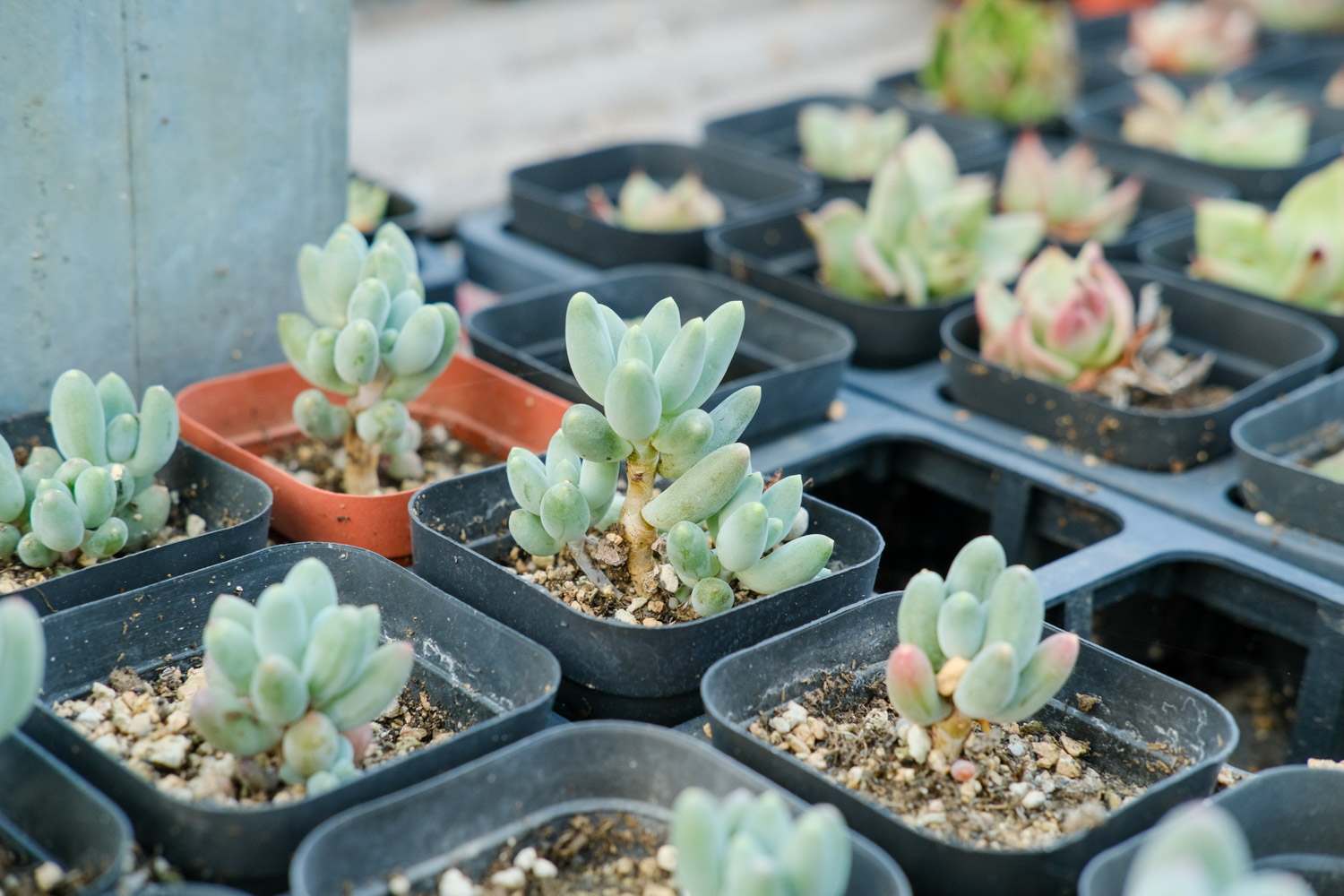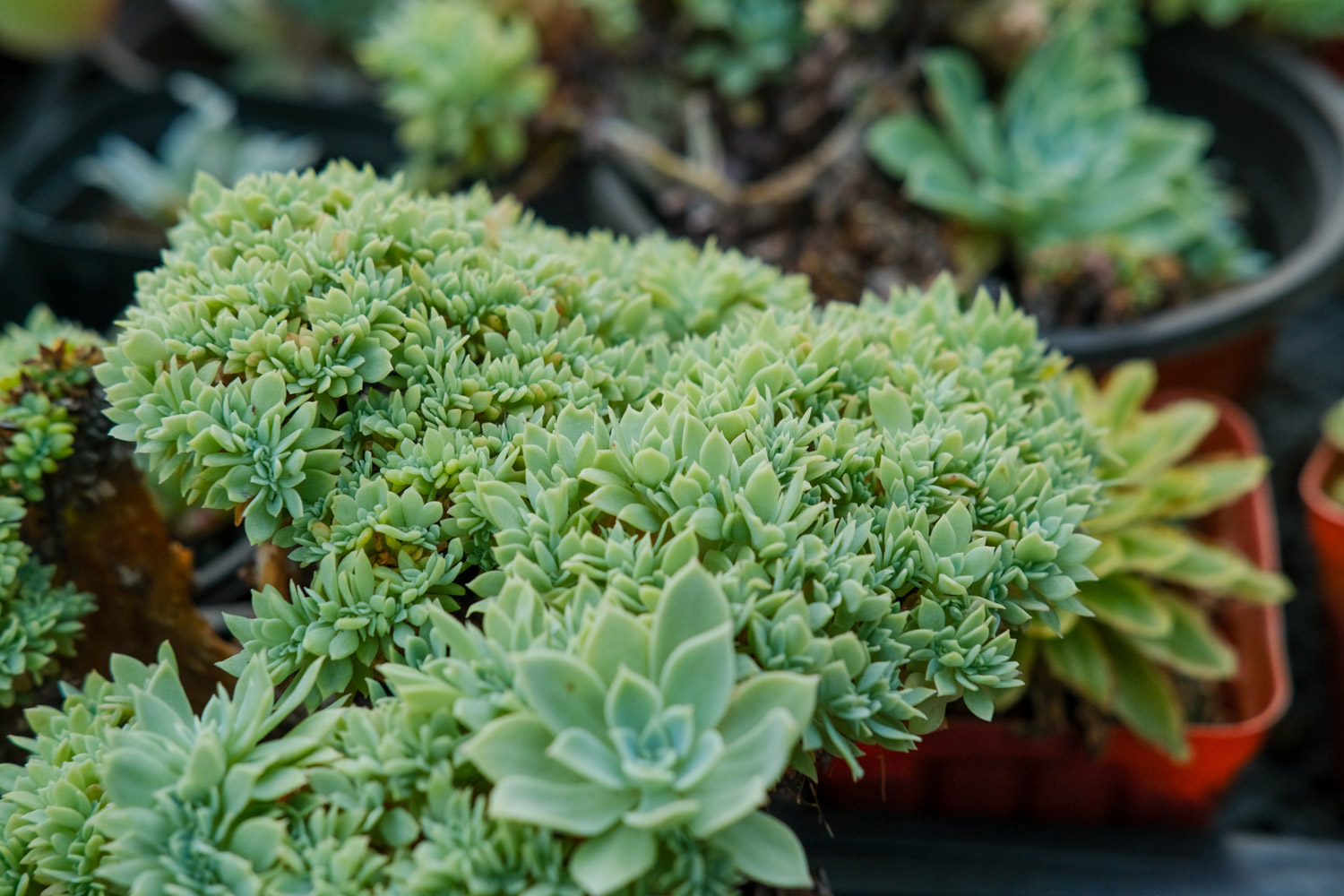First of all, Huahua will introduce to you the types of soil for cutting preparation. What we can usually see are humic soil, vermiculite, sand, peat and perlite. Cutting plants will not be made of only one kind of soil material, but formed through the combination of a variety of soil. The softer soils are humus soil and garden soil, which account for a larger proportion when proportioning. They are common soils

The remaining vermiculite, peat perlite, etc. account for a relatively small proportion in the proportion. Their role is to help the soil increase the permeability of the soil, so that the roots of plants can breathe well and have good permeability. It is not easy to die of waterlogging during breeding. Then we know the types of these soils, how to mix them

So let's start with what plants you cut. We all know that every plant has its own habits. We can't talk about cutting or breeding alone. We should treat them differently. Some plants like dry soil, so you can mix the garden soil with sand and add some vermiculite; Some plants pay attention to the moisture of the soil, so the proportion of sand can be appropriately reduced, or even do not need to add sand

In addition, Huahua also said that the result of cutting is not determined only by the soil. The success of cutting is closely related to the health of plant branches, local climate, temperature and humidity, and soil moisture. These various factors determine the success of cutting. For cutting plant breeding, the mentality of our flower growers is also very important. We can't be eager for success. It takes hundreds of days and nights for a branch to grow into a potted plant


 how many times do yo...
how many times do yo... how many planted tre...
how many planted tre... how many pine trees ...
how many pine trees ... how many pecan trees...
how many pecan trees... how many plants comp...
how many plants comp... how many plants can ...
how many plants can ... how many plants and ...
how many plants and ... how many pepper plan...
how many pepper plan...





























